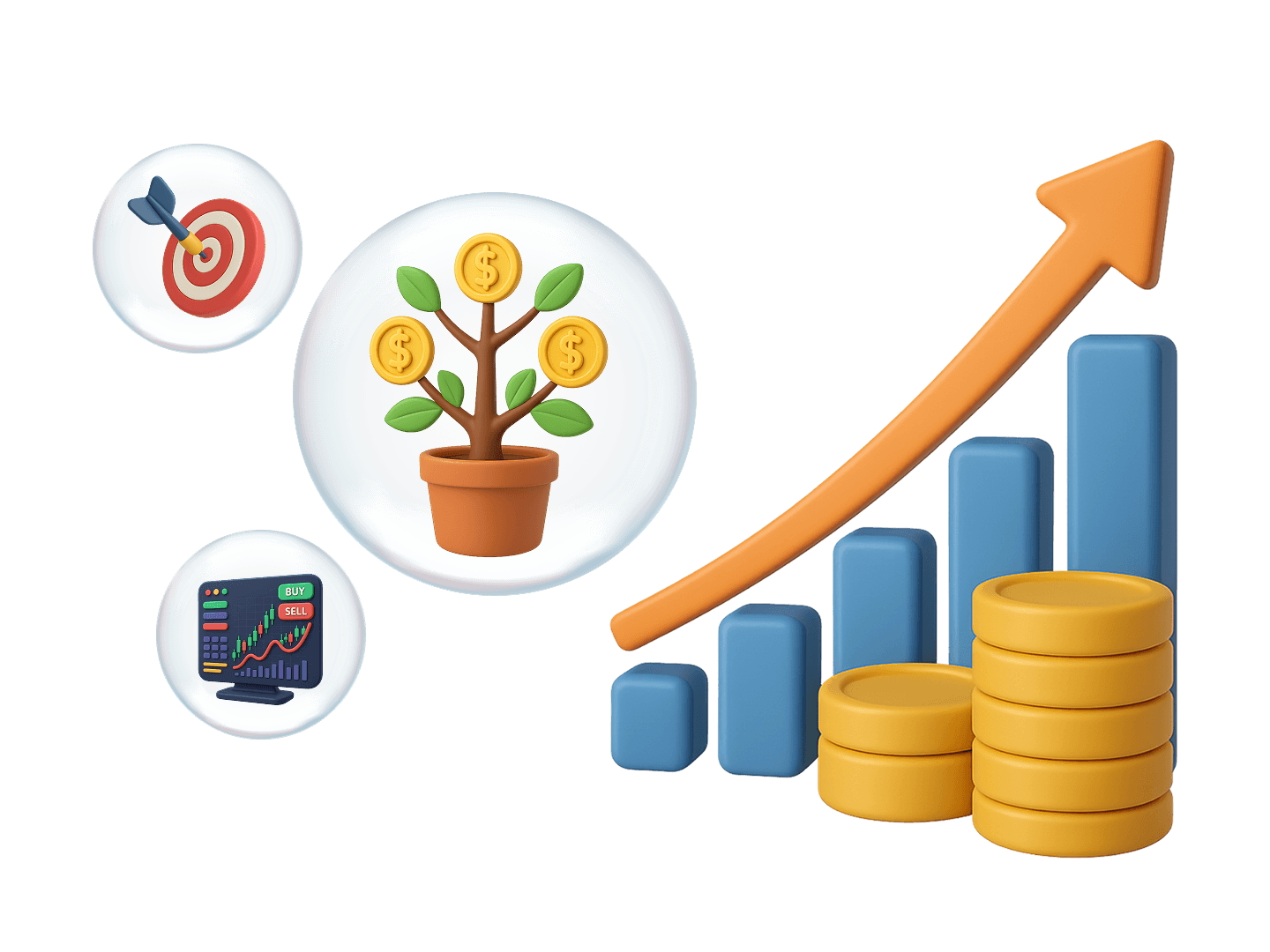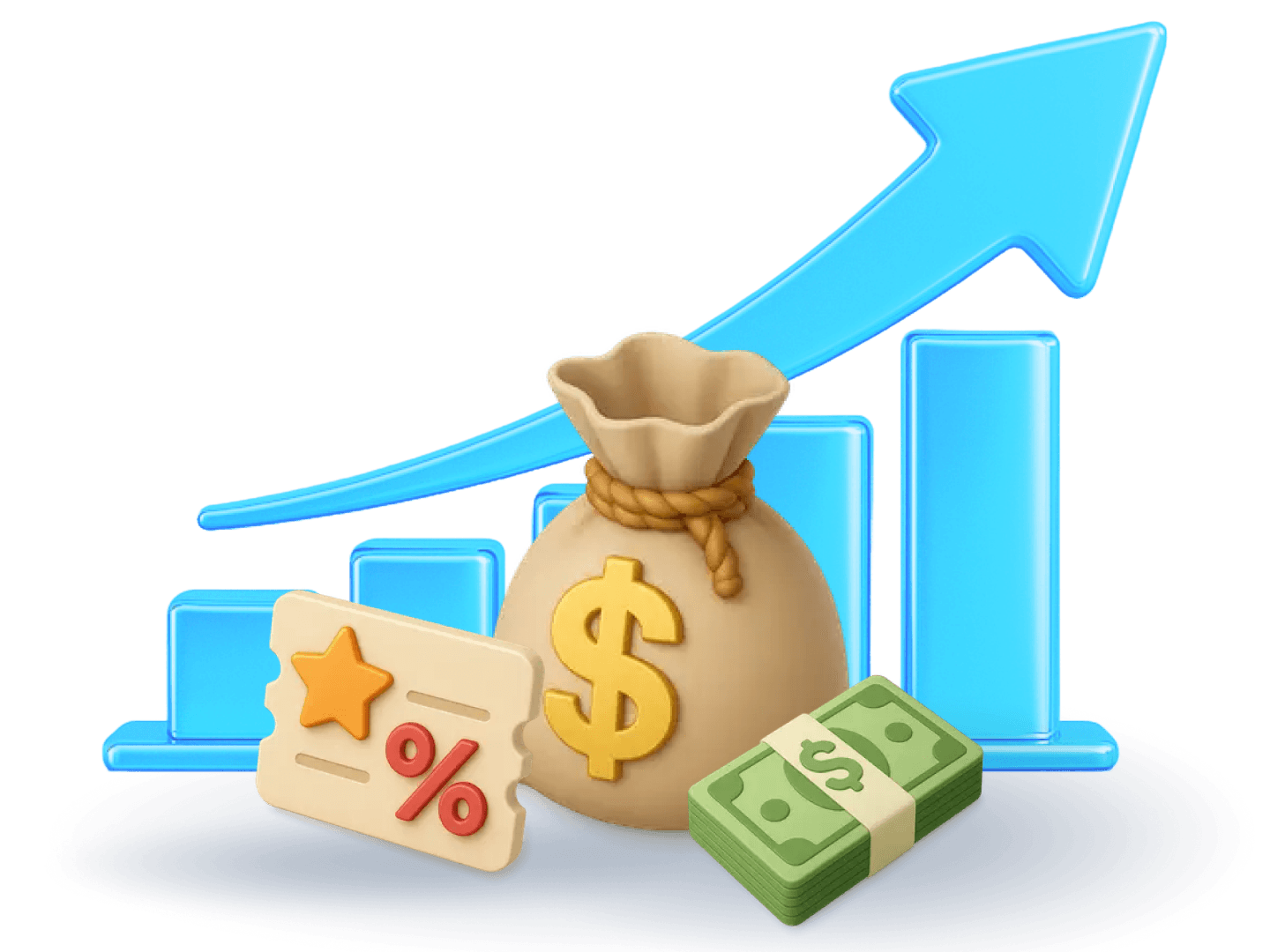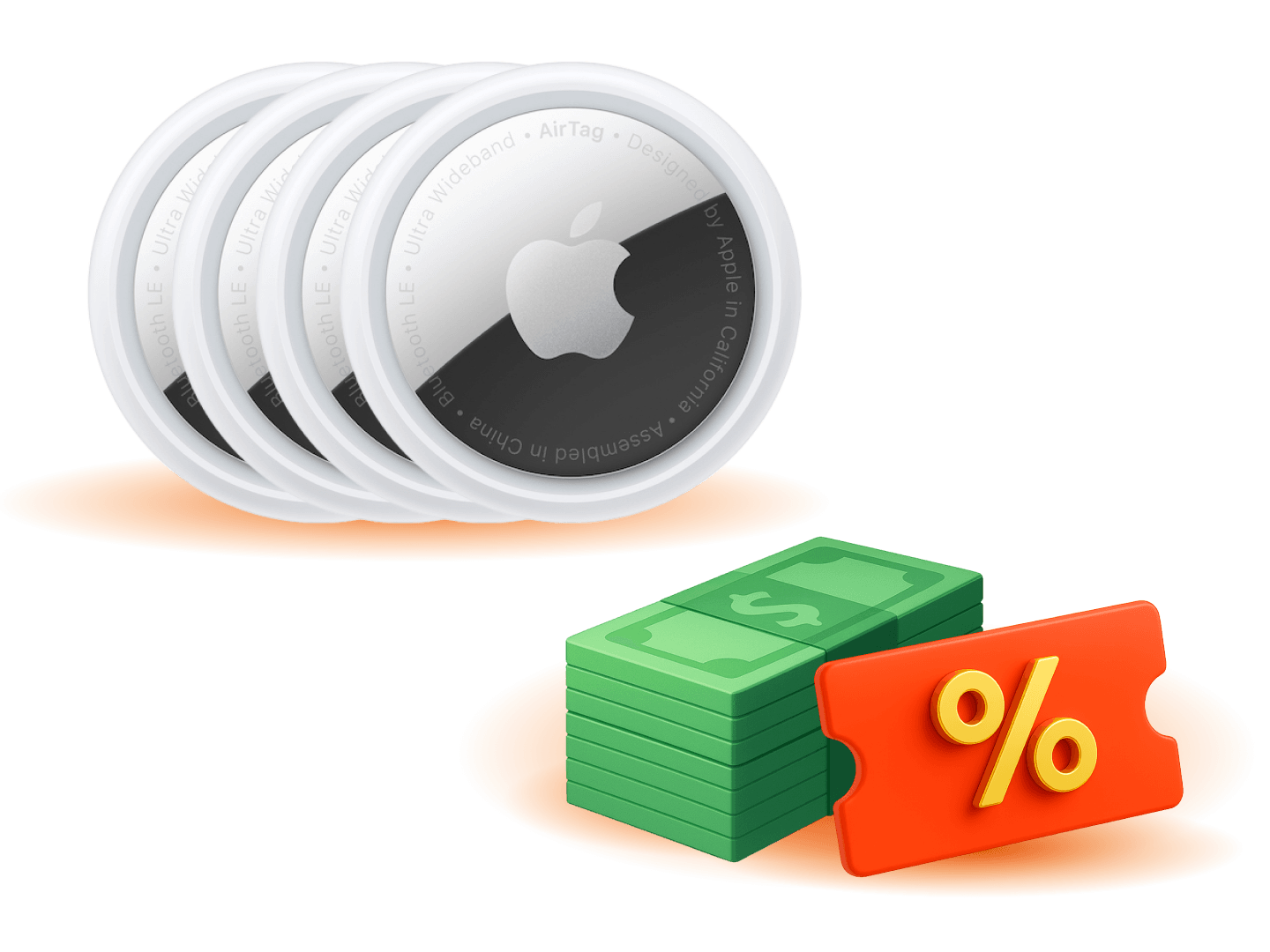ETF vs. Unit Trusts: What’s the Difference?
Updated: 25 Sept 2025

Saver Takeaways
-
ETFs are usually passively managed, while unit trusts are actively managed to seek higher returns.
-
ETFs typically have lower fees compared to unit trusts, making them more cost-effective.
-
ETFs trade throughout the day on the SGX, whereas unit trusts are priced and traded only at the end of the day.
Exchange-Traded Funds (ETF) and unit trusts (also known as mutual funds) both offer diversified investments by pooling investor capital into a portfolio of securities, simplifying the process of owning multiple assets. However, they differ significantly.
So, how do you choose the right investment for you? Let’s break it down and explore everything you need to know about ETFs and unit trusts.
ETF vs unit trusts
ETFs are index-tracking investment tools traded on public markets. They follow indices composed of asset classes such as stocks or bonds, focusing on specific market segments like technology, energy, and real estate or specific regions, such as China’s ETFs.
Unit trusts, on the other hand, are actively managed investment tools where individual investors pool their money, and fund managers invest in securities like stocks or bonds. Unlike ETFs, unit trusts rely on the manager's ability to outperform the market and are traded through private channels.
» Learn more: What is an ETF?
|
ETF |
Unit Trust |
|
|
Buy/Sell |
Traded on a public market |
Sold through private channels |
|
Management Type |
Passively managed |
Actively managed |
|
Liquidity |
Highly liquid (can be bought or sold like a stock) |
Not very liquid (high fees and limited buying and selling) |
|
Asset Class Composition |
Constrained to asset class |
Can have diversified asset classes |
|
Annual Fees |
0.05%–0.7% |
1.5%(median) |
|
Entry Fees |
If purchased through a broker, S$10–20 per trade |
3–5% |
ETFs and unit trusts: the main differences
ETFs and unit trusts offer ways to invest for the future, but they function in distinct ways. Below are some of the key differences you need to know.
1. How they are managed
The management style of ETFs and unit trusts is one of their most significant differences. ETFs are typically passively managed, designed ETFs are typically passively managed, designed to replicate the performance of a certain index, sector, or asset class.
For example, an ETF may track the performance of the S&P 500 or a particular industry, such as technology. This passive management approach generally results in lower costs since there is no active decision-making by a fund manager.
Unit trusts, as mentioned, are more likely to be actively managed. Fund managers strategically select and adjust the portfolio's holdings with the aim of outperforming the market or achieving specific investment goals.
This hands-on approach can provide the potential for higher returns but also comes with increased fees to compensate for the active management effort. However, due to higher fees, they must deliver 1–2% more returns annually than passive funds to match net-of-fees performance.
» Ready to get started? See SingSaver’s best online brokers for ETF investing.
2. The expense ratios of each
ETFs are known for their cost efficiency, lower management fees, and operating expenses. This is because most ETFs do not require extensive research or frequent adjustments by fund managers.
Unit trusts, however, often come with higher expense ratios. This is due to the active involvement of fund managers, administrative costs, and other operational fees. While these higher fees might be justified by the potential for active management to outperform benchmarks, they can also erode returns, especially in periods of underperformance.
» What’s the cost? Unit trust fees investors need to know
3. The trading methods
ETFs are traded on stock exchanges, similar to individual stocks. This means they can be bought and sold throughout the trading day at market prices.
The flexibility to trade in real-time allows investors to take advantage of intraday price movements or respond to market changes quickly. This makes ETFs a popular choice for those who value liquidity and market accessibility.
Meanwhile, unit trusts do not offer the same level of trading convenience. Transactions are executed directly with the fund management company and are based on the Net Asset Value (NAV), which is calculated at the end of the trading day.
This means investors cannot capitalise on intraday price movements, and trades are subject to processing delays. The limited trading flexibility of unit trusts may not suit investors who prefer active portfolio management or frequent adjustments.
» Learn more: Everything you need to know about ETFs
4. Tax-efficiency
Tax efficiency is an important factor when choosing between ETFs and unit trusts. ETFs are designed to minimise taxable events, whereas unit trusts often generate more due to frequent trading within the fund. Singapore-listed ETFs do not incur withholding tax on dividends. However, foreign ETFs may be liable to taxes on the dividends.
Unit trusts are taxed differently. Approved unit trusts are subject to tax on 10% of their gains from selling securities, with specific rules for calculating gains, losses, and deductions. However, the remaining 90% of gains or losses are treated differently for tax purposes.
5. Minimum investment requirement
Minimum investment is another aspect where ETFs and unit trusts differ significantly.
ETFs generally do not require a specific minimum investment amount since they trade like stocks. Retail investors can start with as little as the cost of a single share, making ETFs an affordable entry point for those with limited capital. This flexibility has made ETFs a popular choice for new investors or those looking to build a diversified portfolio incrementally.
Conversely, unit trusts often have higher minimum investment requirements. The amount can vary, starting from a few thousand dollars and potentially going much higher, depending on the specific fund.
Therefore, due to its higher threshold, unit trusts can be less accessible for beginner investors or those with smaller budgets.
» Want more options? Investment guide: SingSaver’s one-stop investment shop
SingSaver x CMC Markets Exclusive Offer
Open a CMC Markets account and get S$20 cash via PayNow or S$40 Grab Voucher. Valid till 1 February 2026. T&Cs apply.
ETFs or unit trusts: which is best for you?
Choosing between ETFs and unit trusts isn’t a one-size-fits-all decision. ETFs are a solid choice for investors who prioritise low costs and flexibility. With their reputation for minimal fees and the ability to trade like stocks, they’re great for those who want to build a diversified portfolio on their terms.
However, managing an ETF portfolio often requires active involvement or the support of a financial advisor or robo-advisor.
Unit trusts, on the other hand, are better suited for investors seeking professional management and targeted strategies. If you prefer a more hands-off approach or want exposure to niche markets, a unit trust could align with your goals. Just be prepared for potentially higher fees, which cover the expertise of active fund managers.
At SingSaver, we exclusively use ETFs in our clients' portfolios. Their low costs, diversified exposure, and high liquidity help maximise returns, manage risk, and navigate various market conditions, enabling our clients to reach their financial goals more efficiently.
» Want more options? See our picks for the best brokers for funds.
Learn more about ETFs and unit trusts
POEMS (Phillip Securities) Review – Should You Use This Investment Brokerage Tool?
What Are Mutual Funds, And How to Pick The Best Mutual Funds In Singapore 2023
8 Investment Myths From ‘Uncles, Aunties & Friends’ You Once Believed
When Should You Pay for Comfort and Convenience?
This Is One S&P 500 ETF You Might Want To Avoid
Unit Trust In Singapore – Complete Investment Guide On How It Works
Regular Savings Plan (RSP): What They Are And The Best Ones To Invest In
SingSaver x uSmart Exclusive Offer
Get upsized S$100 Cash or a $130 eCapitaVoucher when you open a uSMART SG Account, and fund an initial single deposit of S$1,000 within the promotional period and maintain for 30 days from the date of deposit. Valid till 1 February 2026. T&Cs apply.
Costs of ETFs and unit trusts
While both ETFs and unit trusts provide access to diverse investment opportunities, the costs involved can vary significantly and impact your long-term returns.
ETFs generally come with lower expense ratios, making them a more efficient choice for budget-conscious investors. Brokerage fees, however, may apply each time you buy or sell an ETF, so frequent trading can add up.
For unit trusts, there are also some fees that investors need to know. For instance, unit trusts typically come with entry and switching fees when buying or selling, making them less liquid and more expensive than ETFs.
How to invest in ETFs or unit trusts
Getting started with ETFs or unit trusts is relatively straightforward. To invest in ETFs, you’ll need to open a brokerage account. Look for the best brokers that has access to a wide range of ETFs with competitive fees and user-friendly platforms.
Once your account is set up, you can buy and sell ETFs on the stock exchange during market hours, much like trading individual stocks.
For unit trusts, you can invest directly through fund providers or financial advisors. Some online platforms also offer access to a variety of unit trusts, allowing for easy comparison of funds and fees. Keep in mind that unit trusts generally demand a higher minimum investment compared to ETFs, so it’s important to ensure the fund suits your financial objectives and budget.
SingSaver x Tiger Brokers Exclusive Offer
Open a Tiger Brokers account and fund a minimum amount of USD 1,000 within the promotional period to receive a S$100 Cash, a S$120 eCapitaVoucher, or an Apple AirTag (4 pack). Offer is stackable with Tiger Brokers' welcome offer. Valid till 1 February 2026. T&Cs apply.


